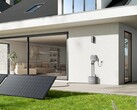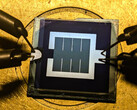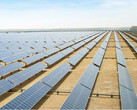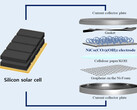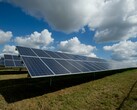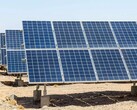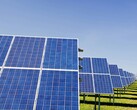A comprehensive study by Murdoch University in Perth, Australia, examined the influence of transparent solar modules on the energy balance of greenhouses. The growth of 18 different types of vegetables was also documented over a period of just under a year.
Near-transparent solar cells were used to replace the normal glass roofs and fronts of four greenhouses used in the study, which reduced the intensity of solar radiation from 80% to 55% compared to measurements outdoors. However, the absorption of incident light differed across the spectrum: UV radiation, which can hinder plant growth, was almost completely removed by the special glazing, whereas this is only reduced by around 86% with normal glazing. On the other hand, standard greenhouses have clear advantages regarding light in the visible spectrum, which is crucial for photosynthesis.
The results were remarkable: Despite weaker light overall, peppers, tomatoes and lettuce, for example, grew equally well in different environments. Chili peppers grew even better. Garlic, wheat and sunflowers, on the other hand, grew more slowly.
Huge savings potential
Certain elements such as ventilation, humidification, computer control and lighting can all be powered by solar. The huge savings potential thus comes as no surprise: The greenhouses covered with solar modules were able to cover about half of their own electricity needs. The researchers also found that water consumption was also almost a third lower.
However, it should be borne in mind that the region around Perth is one of the sunniest places in the world. Only Los Angeles or Cape Town achieve similar values in terms of incident radiation output throughout the year. In the greenhouse deserts of southern Spain, for example, the energy yield is likely to be somewhat lower. But in view of the remarkable results in plant growth, it is still likely to prove worthwhile.







